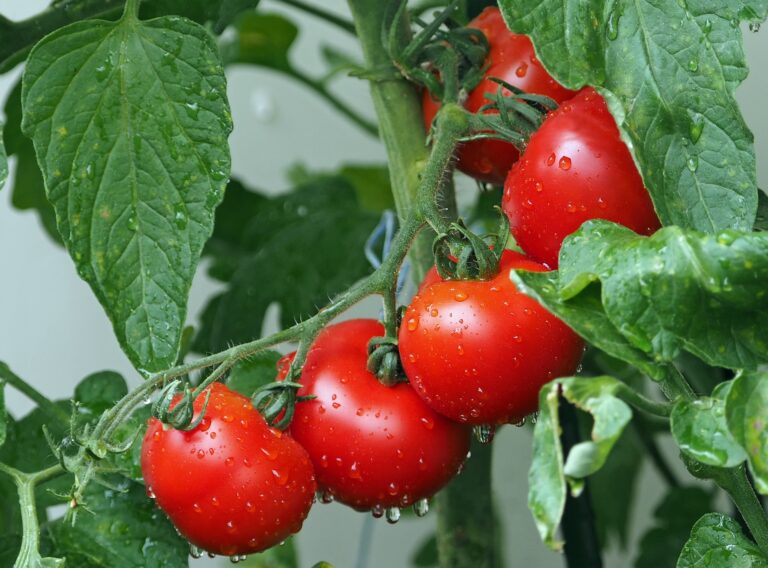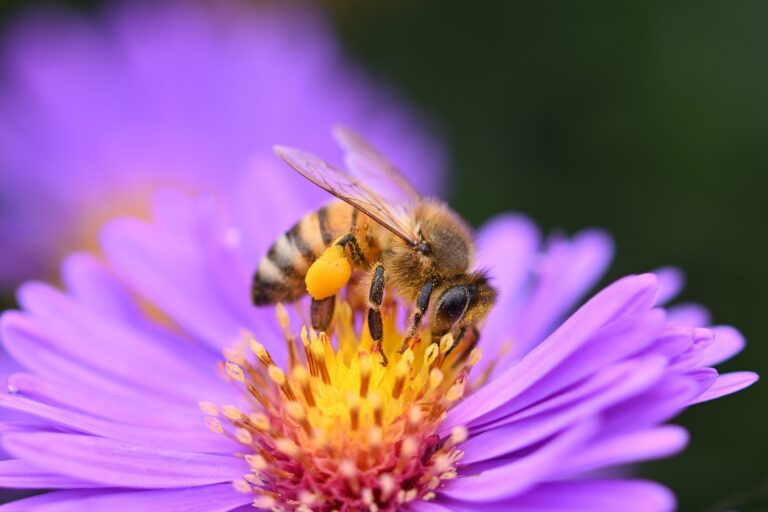Spring is here! And the urge to cultivate gardens and lawns is strong. But when is the best time to plant, prune and fertilize? And how can you save water on your landscape?
Colorado State University Extension horticulture specialists answer questions like these every spring to help Coloradans plant and maintain their gardens and lawns. Alison O’Connor, CSU Extension professor of horticulture in Larimer County, answered these 10 common questions Extension has received that may help you with your own garden or lawn this season.
If you don’t see your question answered here, feel free to reach out to the Extension horticulture specialist in your area. You can also use the Ask Extension resource to submit a question or view answers to questions others have submitted, and CSU Extension offers free gardening webinars all season long.
When should I fertilize my lawn?
Depending on where you live in Colorado, you can apply spring fertilizer starting in late March through April. If you are applying a crabgrass preventer and fertilizer, apply it by mid-April. All fertilizer needs to be watered in with at least one-half inch of precipitation or irrigation, so try to time it with rain or snow. If you need to aerate the lawn (pull plugs), you can aerate and fertilize on the same day.
I can’t wait to grow tomatoes this year! Do you recommend planting around Mother’s Day?
Colorado springs are wildly unpredictable, especially in May. Since tomatoes are a warm season crop and like warmer soils, aim to plant a little later in the spring. In the Fort Collins area, consider planting Memorial Day weekend or even the first part of June. Soils need to be at least 60 degrees. Tomatoes planted too early will often sit and “pout” for weeks, which can slow growth for the season. The same goes for your peppers.

I’ve been growing in raised beds for a few years and usually add compost each spring. Should I continue doing this? What about testing soil?
Testing soil for your vegetable gardens is a good use of resources, especially if you have amended over several years. It can be difficult to “undo” amending. There are several testing labs where you can submit your soil sample (CSU Spur Soil Lab, Weld Labs, Ward Labs). When you submit your sample, pull multiple cores of soil from various parts of your beds, 4-6 inches deep, and mix everything together in a bucket. Submit about a quart-size baggie of soil for the test. If you have trouble understanding the results, contact your local Extension office.
I’m considering planting a clover lawn. What is your advice?
CSU Extension is researching clover lawns so we can better answer questions about water use, establishment and durability. In general, clover will need some supplemental irrigation in the summer and may establish best when planted into existing turfgrass. It may not have the traffic tolerance of other turf species. Two great things about clover are that it naturally provides nitrogen to the soil and is a pollinator plant. You can buy clover seed at local garden centers or online.
My water bill was so high last year, and prices went up again! How can I save water (and money)?
There are a couple easy ways to save water in your landscape this summer. The first is to learn to manually operate your irrigation clock. Learn how to turn it on and off and only run it when your lawn and landscape needs it – don’t “set it and forget it.” Seasonal water adjustments should be made. Your lawn needs less water in early spring when temperatures are cooler and more water when it’s hot and dry in August.
You can also reduce your irrigation run times by 10%. This can add up to hundreds of gallons of water over a growing season. If you’re currently watering each zone for 20 minutes, drop them to 18 minutes (10%). Your lawn and landscape will not notice a difference. You can then keep adjusting as needed to see how far you can push things.
Another option is to drop one of your watering days. If you’re watering three days a week, try watering just two days. Investing in improved technology is also a good idea – this includes more efficient irrigation heads, smart irrigation clocks, wind sensors, soil moisture sensors, etc. If you have drip irrigation, monitor soil moisture and plant performance by poking your fingers around plants to determine if it’s wet or dry. If it’s wet, reduce the number of days and total run time.

Do you have any favorite perennials that attract pollinators, bloom for a long time and are water-friendly?
There are so many great waterwise perennials that fit these criteria. First, consider visiting the Plant Select website and using their “Find a Plant” feature. You can search for plants by certain criteria. Plant Select is a program that identifies plants that do well in the semi-arid West. Some plants to consider are hummingbird trumpet, penstemon, hyssop, salvia, catmint, lavender, chocolate flower, hopflower oregano, coneflower and black-eyed Susan. Even when plants are water-friendly, they still need to be watered regularly until they are established.
When should I prune my roses?
As difficult as it is, wait to prune your roses until spring – and then wait a little longer. Expert rosarians recommend pruning after May 1. Pruning generally stimulates a growth response, and with inconsistent spring weather, freezes may damage new growth. When pruning, it’s OK to prune if the rose has leafed out and you don’t need to worry about making your cuts directly above a bud. Roses are very tolerant and easy-to-care-for shrubs.
I am determined to keep on top of weeds this year. Do you have any advice?
This is where mulch becomes your friend and ally. Having a thick layer of mulch (minimum of 4 to 5 inches) will help suppress most weeds and help increase soil moisture. Use a mulch that works best for your landscape, location and needs. Studies have found that arborist chips are a very effective form of mulch. If you don’t like the look, use it as the base and top with a colored mulch. You can also use rock. Smaller surface rock (pea gravel, squeegee) will help suppress weeds more and retain soil moisture.
I’ve grown carrots in my garden for two years with little success. They are always oddly shaped. Do you have any suggestions?
Carrots are a tough vegetable to grow, and we all dream of those long, juicing carrots we see at grocery stores and farmers markets. In our home gardens, our clay soils are not conducive to growing longer carrots, so we end up with stubby, misshapen carrots. The good news is that you can select shorter carrots (often called short or half-long) that are less than six inches long. You can even grow carrots that are round and the size of golf balls. Carrots are great for kids because they are so diverse in colors, shapes and sizes. If the seeds are too small for your fingers, try seed tape, where the seed is embedded into the paper. This also eliminates the need to thin the seedlings after germination.

I planted crocus, daffodils and tulips last fall. They are blooming now, but what do I do when they are finished flowering?
After bloom, you can cut off the spent flower stalk. Then let the foliage wither and brown naturally. The foliage will provide energy and food for the bulb to bloom next spring. You can remove the foliage when it easily pulls from the ground with a gentle tug. If your bulbs are planted near other perennials, they can help cover and mask the browning foliage.